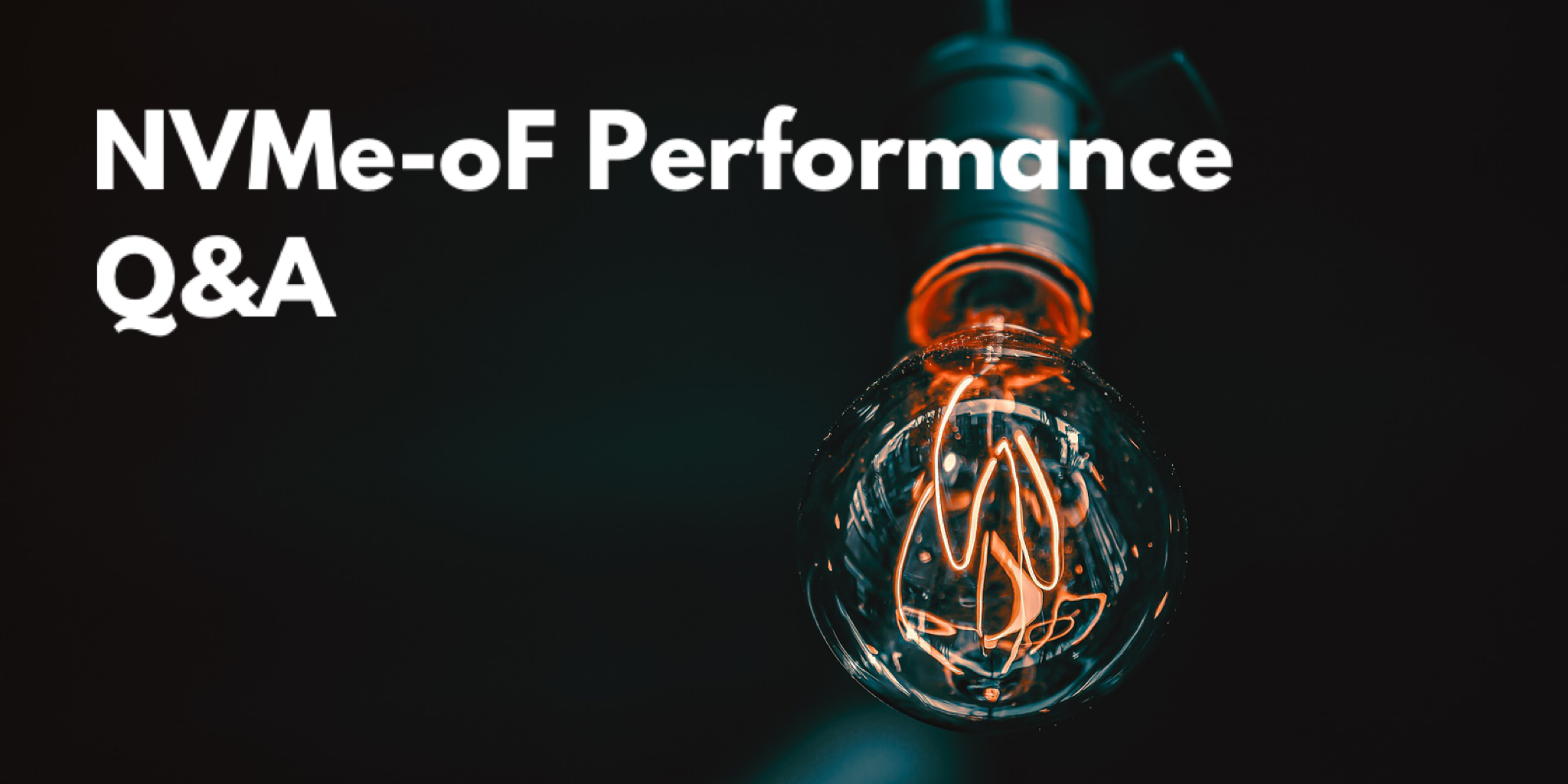- A lossless network with DCB (priority flow control)
- Congestion management with solutions like ECN
- Newer RoCEv2-capable adapters that support out of order packet receive and selective re-transmission
- How many CPU cores are needed (I’m willing to give)?
- Optane SSD or 3D NAND SSD?
- How deep should the Q-Depth be?
- Why do I need to care about MTU?
- The test used a dual socket server on target with IntelÒ XeonÒ Platinum 8280L processor with 28 cores. Target server only used one processor so that all the workloads were on a single NUMA node. 1-4% CPU utilization is the average of 28 cores.
- SSD-1 is Optane SSD, SSD-2 is 3D NAND.
- Normally QD is set to 32.
- You do not need to care about MTU, at least in our test, we saw minimal performance differences.










Leave a Reply